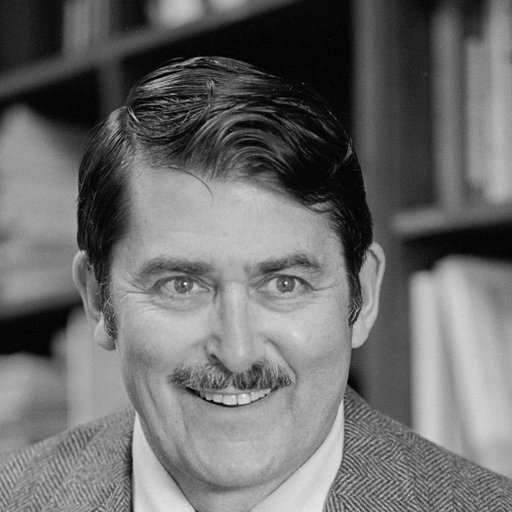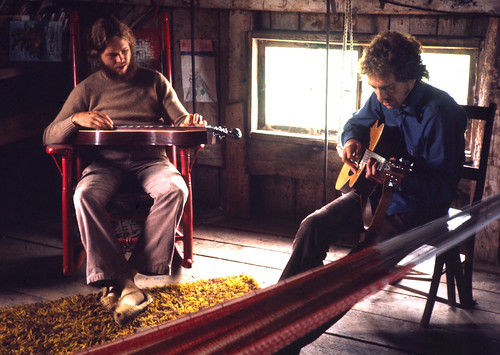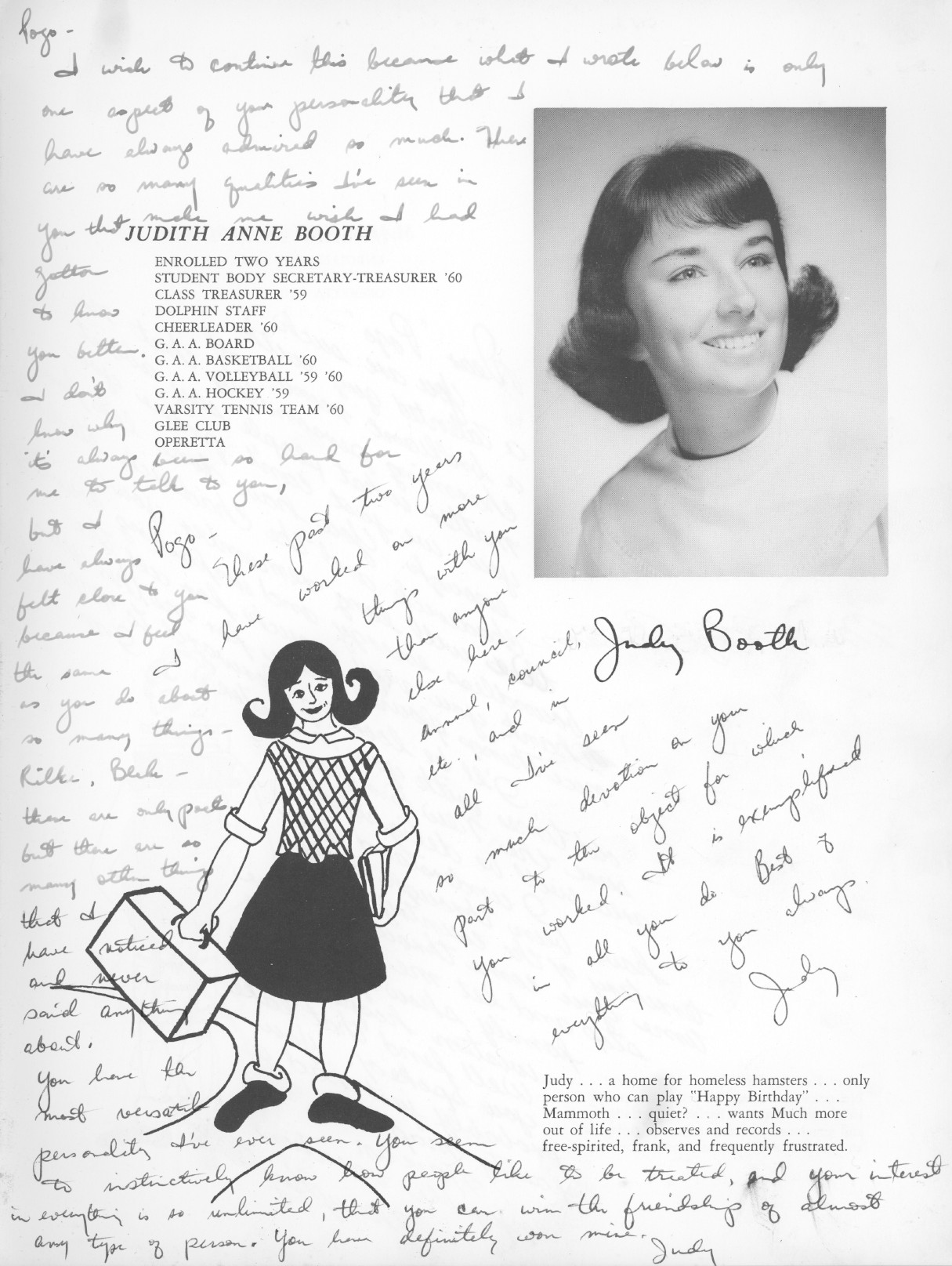
(1951)
I wasn't going to make a summary page for this week's Question, but then a couple of things drifted in that I wanted to distribute for your enjoyment. The first has to do with an in-the-flesh meeting that isn't my own, but illustrates beautifully how fundamentally an encounter can affect one's life. It comes from Maria Popova's Marginalian this morning:
I make the gratuitous assumption that Nina Simone is oh so familiar, but in case you want reminding, there's no higher calibre bow shot than
(Greek subtitles!)
(lots of versions via YouTube)
My first thought when I read John's question was for my own encounters with Saints. I've had a few, but the very first that fits that model of lifelong influence was in 1954, when my father took me to meet Helen Keller. She was among other things a Swedenborgian (my father was at the time the President of the national organization of the General Convention wing of the Swedenborgians in North America), and I already knew her life story. The physical presence was electrifying, and this bit of YouTube captures her indominability as I remember feeling it:
The sainthood thing is worth thinking about further, but isn't required for a lifelong effect. Nor is a single brief encounter. My next thought was for my brother John, from whom I derived (learned? intuited? abstracted? osmosed?) *basic attitudes about the world, *verbal style, and *formative inspiration re: how to relate to others. I don't really know how all that happened, but at some cellular level we shared an understanding that our brother-in-law Wickham tagged as "Blackmer whimsy". We understood each other's wit in ways that still amaze me to consider.

The third I considered as an instance of life-fundamentally-changed is a person I mentioned under the 'Most Influential' rubric a year or so ago, and continue to unpack the significance of, Robert B. Textor

who was a primary role model in the very earliest days of seeing myself as becoming an anthropologist. During the two years that we worked for him as research assistants he steered me into a process of development that eventually led to a profession of knowing about stuff and learning more and eventually telling stories to audiences. It's not that he had any such intention as 'steering'. He was a straightforward, honest, up-front person, a true son of Cloquet MN, a straight-arrow to a degree that I confess I found somewhat embarassing in the late 1960s, when he mediated/mentored my first two years of graduate study at Stanford. After 1968 I went off in directions emergent from conversations with friends: dynamic systems, ecology, spatial dimensions, ==>Nova Scotia, ==>agriculture. We never actually reconnected, which I deeply regret. He went into Futuristics (which I confess I thought lame), and I never came to terms with (let alone expressed to him) my gratitude for his influence and, indeed, friendship.
And of course there's a fourth life-fundamentally-changed-by, in the person of my spouse. Fortunately I don't have to account for that, and love and gratitude will suffice.

The opportunity to continue exploring this Question of f2f encounters with persons of consequence pushes me into some twists in time, departing from the default form of encounter ==> effect that we've seen in most people's responses so far. And of course each of the additions is an opportunity to discover and relate a Story, another bit of Narrative, that I might never have thought to construct but for John's Question.
Imagining a re-encounter with someone significant in earlier times, considering how influences have (or might have) played out through intervening years, exploring what there might be to inform/enflame us if we could compare lives lived... this is marvelous territory, and especially poignant when the other person is gone, gone beyond. The influence reaches across time, and always offers much to discover and to cherish. The importance of such relationships continues to accrue interest and yield dividends.
Story #1:
Spring 2019: We were 20 minutes early for our reservation at a superb Thai restaurant on Vashon Island WA, and the best way to fill the time was to visit the bookstore next door, one of those Independents that [used to] light up one's life because of the care with which the wares were chosen and categorized and displayed, and a nice proportion was/were used books to boot. I was scanning the Art and Photography shelves and saw Stephen de Staebler on one spine (1988). Stephen de Staebler (1933-2011) was my 9th grade World History teacher, and also taught an art class in the medium of stained glass (it was that sort of school). He was at the time young, and full of the kind of creative energy you'd expect from a Princeton philosophy/religion student (class of 1954) who had also spent time at Black Mountain College, where he studied with Ben Shahn. He made history fun, with maps and stories that went far beyond the rather plodding World History textbook. The stained glass class was me and 4 girls, and it was split between design and technology: we drew plans, cut glass, wrapped edges with foil, soldered, and used lead channel to fabricate marvels of light-modulating glass. I made a piece for the Biology Lab, on the theme of Life, and it was still in place when I visited the school in 1997, almost 40 years after I'd made it. But I'd scarcely thought of Mr. de Staebler since he left the school in 1958 and went to Berkeley for graduate work. The book of his sculpture was irresistable, so I bought it and caught up with what he had done in the 60-odd years since I had known him, during which time he'd become a rather famous Bay Area sculptor. His web site was a grand discovery, but when I saw his gallery of clay masks I was astonished by the similarity to the rock portraiture I had been doing since 2015 or so, and my first thought was that Steve de Staebler would have understood and appreciated the vision behind my enterprise, and I would have been delighted to reconnect, and go on to discover our common pathways. There's an excellent interview, in which the teacher I knew is immediately recognizable
Story #2
I think it was Wende who remarked that we don't often know what effects we have on others, how we may have changed their worlds and influenced the direction of their lives. I'd never thought much about the bond, as much my influence upon him as the reciprocal, with Bill Grace (1953-2014). He was my sometime advisee (I supervised his Honours Thesis, on the Sociology of Architecture, 1975), disciple (he hung out at our house frequently, and one who knew us both said that Bill wanted to be me), brother-in-law-in-law (he was married to Betsy's sister Caroline) and then ex-brother-in-law-in-law but frequent correspondent in subsequent years. A few relevant images:

When Bill died there were quite a few remembrances in Barbados news media: We Are One: tribute, by Stanley Greaves, and by AICA.
Here are a few very Bill-like pieces:

a herd of wee horses
Story #3
This one is a re-encounter, with a time gap of almost 60 years, and finds me exploring the fringes of the subject of Sainthood. The things people write in high school yearbooks are rarely high art, and re-read 60 or so years later don't usually convey much more than the unreflective callowness of the 17-year-old mind. The exceptions are brilliant gifts. My high school classmate Judy Booth wrote this in my yearbook in 1961:

Pogo- These past two years I have worked on more things with you than anyone else here—annual, council, etc., and in all I've seen so much devotion on your part to the object for which you worked. It is exemplified in all you do. Best of everything to you always. JudyBesides basking in those kind words and reflecting on Judy's eloquence, there's a follow-on story, set in Fairfield IA in 2019, where we stopped to visit another old friend who has been a TM person since the early 1970s. I knew that Judy had been a TM person for a long time, but in Fairfield we discovered that she is revered as a scholar of Baghavad Gita, and is in effect viewed as a Saint within the TM community. She happened to be in Fairfield for a couple of days, and so I was able to reconnect with her for an hour or so of intense conversation before she was whisked away into her other responsibilities. She was the same person, with an intensity, and a palpable aura of deep seriousness, of purpose, of directness, of ease, and of attention to the moment. Saints aren't necessarily charismatic (in the sense of 'attract, charm, influence'), but you'll know their transfixing power when it happens to you.I wish to continue this because what I wrote below is only one aspect of your personality that I have always admired so much. There are so many qualities I've seen in you that make me wish I had gotten to know you better and don't know why it's always been so hard for me to tell you, but I have always felt close to you because I feel the same as you do about so many things—Rilke, Blake—these are only poets but there are so many other things that I have noticed and never said anything about. You have the most versatile personality I've ever seen. You seem to instinctively know how people like to be treated, and your interest in everything is so unlimited, that you can win the friendship of almost any type of person. You have definitely won mine. Judy
===
And some more links to Nina Simone, a Saint of a sort for sure:
Backlash Blues (yes, click to go to YouTube)
What Happened, Miss Simone? Netflix trailer